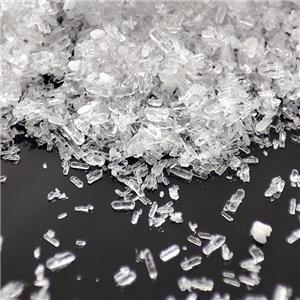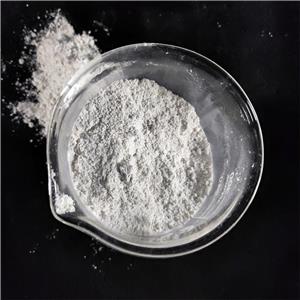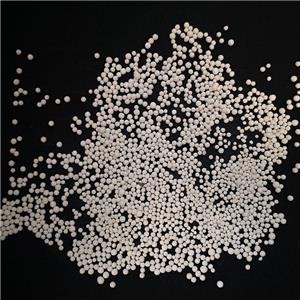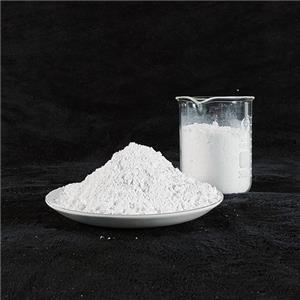What does adding talc to polypropylene do?
1. Introduction
Polypropylene (PP) is a versatile thermoplastic widely used in automotive, packaging, consumer goods, and industrial applications due to its excellent chemical resistance, low density, and good processability. However, its relatively low stiffness, heat resistance, and dimensional stability can limit its performance in demanding applications. To overcome these limitations, Talc powder (magnesium silicate hydroxide, Mg₃Si₄O₁₀(OH)₂) is frequently added as a reinforcing filler. This article explores the benefits, drawbacks, mechanisms, and applications of talc-filled PP composites.
2. Key Benefits of Talc powder in Polypropylene
2.1 Enhanced Mechanical Properties
Plastic Grade Talcum Powder Increased Stiffness & Rigidity
Talc powder particles have a platelet-like structure, which reinforces PP by distributing stress more effectively.
The elastic modulus (stiffness) of PP can increase by 50-200%, depending on talc loading (typically 10-40 wt%).
This makes Talc powder-filled PP ideal for structural components that require rigidity without excessive weight.
Plastic Grade Talcum Powder Improved Dimensional Stability
Plastic Grade Talcum Powder reduces thermal expansion and molding shrinkage, preventing warpage in precision parts.
Particularly beneficial for injection-molded automotive parts (e.g., dashboards, door panels) where tight tolerances are required.
2.2 Thermal Properties & Heat Resistance
Plastic Grade Talcum Powder significantly raises the heat deflection temperature (HDT) of PP, allowing it to withstand higher service temperatures.
Unfilled PP: HDT ~60-80°C (at 1.82 MPa)
20% Talc powder in Plastic Extrusion-filled PP: HDT ~100-130°C
This makes Talc powder in Plastic Extrusion-PP suitable for under-the-hood automotive parts, kitchenware, and electrical housings.
2.3 Surface Hardness & Scratch Resistance
Talc’s mineral structure enhances surface hardness, reducing scratches and wear in applications like appliance panels and automotive interiors.
2.4 Cost Efficiency
Talc powder in Plastic Extrusion is a low-cost filler compared to other reinforcements (e.g., glass fibers or carbon fibers).
Manufacturers can reduce material costs while maintaining or improving performance.
3. Conclusion
Talc powder in Plastic Extrusion is a cost-effective, high-performance filler for PP, enhancing stiffness, heat resistance, and dimensional stability while reducing material costs. However, Talc powder in Plastic Extrusion’s impact on toughness and density must be carefully managed through formulation adjustments (e.g., impact modifiers, coupling agents). When optimized, talc-filled PP is an excellent choice for automotive, appliance, and industrial applications where rigidity and thermal stability are critical.




